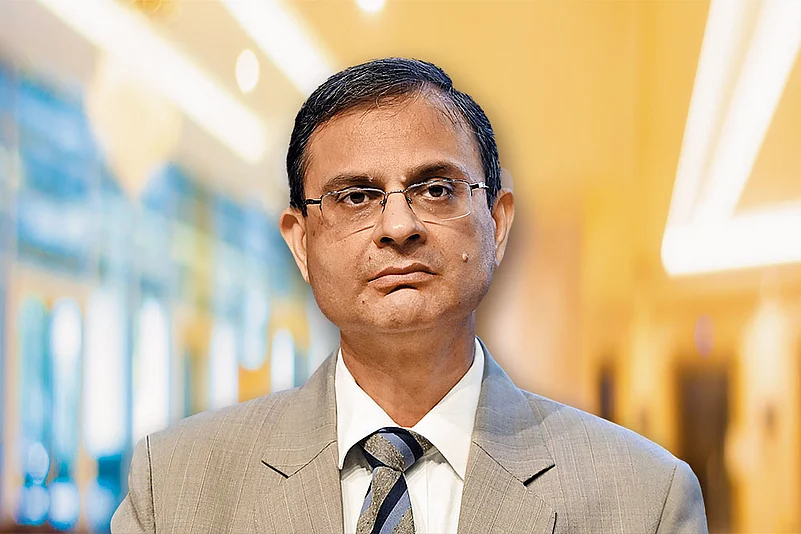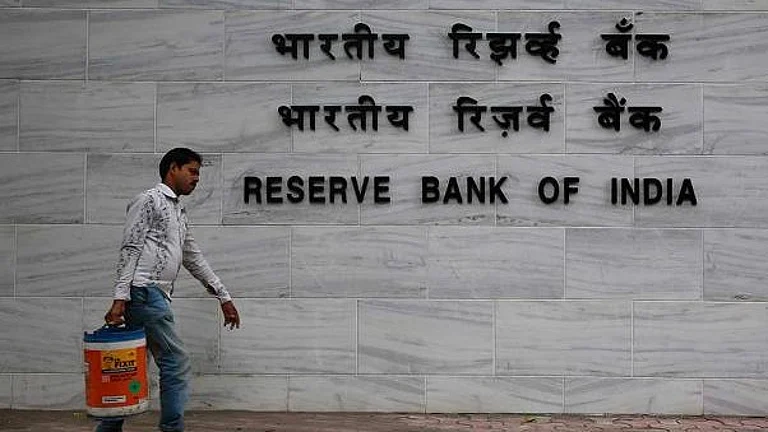Reserve Bank of India (RBI) Governor Sanjay Malhotra has announced rate cut by 25 basis points, decreasing it from 6.50% to 6.25% in the 53rd Monetary Policy Committee meeting on February 7. The RBI governor’s move is the second big announcement by the government after the recent budget’s tax relief to the middle class, to boost consumption and stimulate private investments.
“After assessing the current and evolving macroeconomic situation, the MPC unanimously decided to reduce the policy repo rate under the liquidity adjustment facility (LAF) by 25 basis points to 6.25% with immediate effect,” said the RBI Governor.
Consequently, all external benchmark lending rates related to the repo rate will come down, giving a relief to borrowers, including India Inc. This is also likely to push them to increase capital expenditure.
The rate cut is the first such measure taken by the RBI in the past five years to boost consumption. The last major rate cut by 75 basis point was in 2020, when the Covid-19 pandemic halted the economy. Now the 25-basis points rate cut comes at a time when the credit activities in the economy have been slowing down. Loans to industry have impacted overall credit growth. The year-on-year growth in credit to industry was nearly 9% compared to 13% overall growth in the September 2024 quarter, according to the think tank CMIE’s data. The impact of high interest rates can be seen in the financial statements of the companies including the Nifty 50, which witnessed a 15% year-on-year growth in interest cost in the second quarter of the financial year 2025.
Will India Inc. Up Its Investment Game?
Consumption slowdown, which has taken a toll on India Inc’s earnings, particularly in Q2 FY25, has held back the private sector from undertaking major expansion. Nearly 22 companies in the Nifty50 index witnessed a dip in profit projections in Q2 FY25.
To reduce the pressure caused by decrease in earnings, India Inc. particularly fast-moving consumer goods (FMCG) companies, demanded the government ease personal taxes.
The government has been making several attempts through various policy changes to promote ease of doing business to accelerate private investment in the country. Earlier in December last year, the Chief Economic Advisor (CEA) V Anantha Nageswaran, highlighted the need for the private sector to up their game on multiple fronts, including increasing employee compensation and improving spending on research and development (R&D).
Highlighting the timeliness of the RBI’s rate cut, Jyoti Prakash Gadia, MD at Resurgent India said it is likely to boost growth with huge credit expansion and availability of cheaper credit for retail credit and fuel sectoral demand, particularly in automobile and residential real estate segments.
“The reduction in the repo rate implies the beginning of a reducing interest rate cycle which will augur well for the growth of the economy based on demand and investment,” she added.
The Confederation of Indian Industry (CII) was one of the key industry bodies that requested the government’s intervention to stimulate private spending. Chandrajit Banerjee, Director General at CII, said the rate cut is likely to complement the consumption-boosting efforts announced in the budget.
“The rate cut is anticipated to complement the consumption-boosting measures announced in the Union Budget 2025-26, providing a boost to domestic demand drivers,” said CII’s Director General.
Recent steps to increase liquidity over the past two weeks will help in the effective transmission of the rate cut to the productive sectors of the economy, Banerjee added.
Now with major demand fulfilled via finance minister Nirmala Sitharaman’s budget and the RBI Governor’s rate cut, what is left to see is how India Inc moves to shape India’s growth story.































